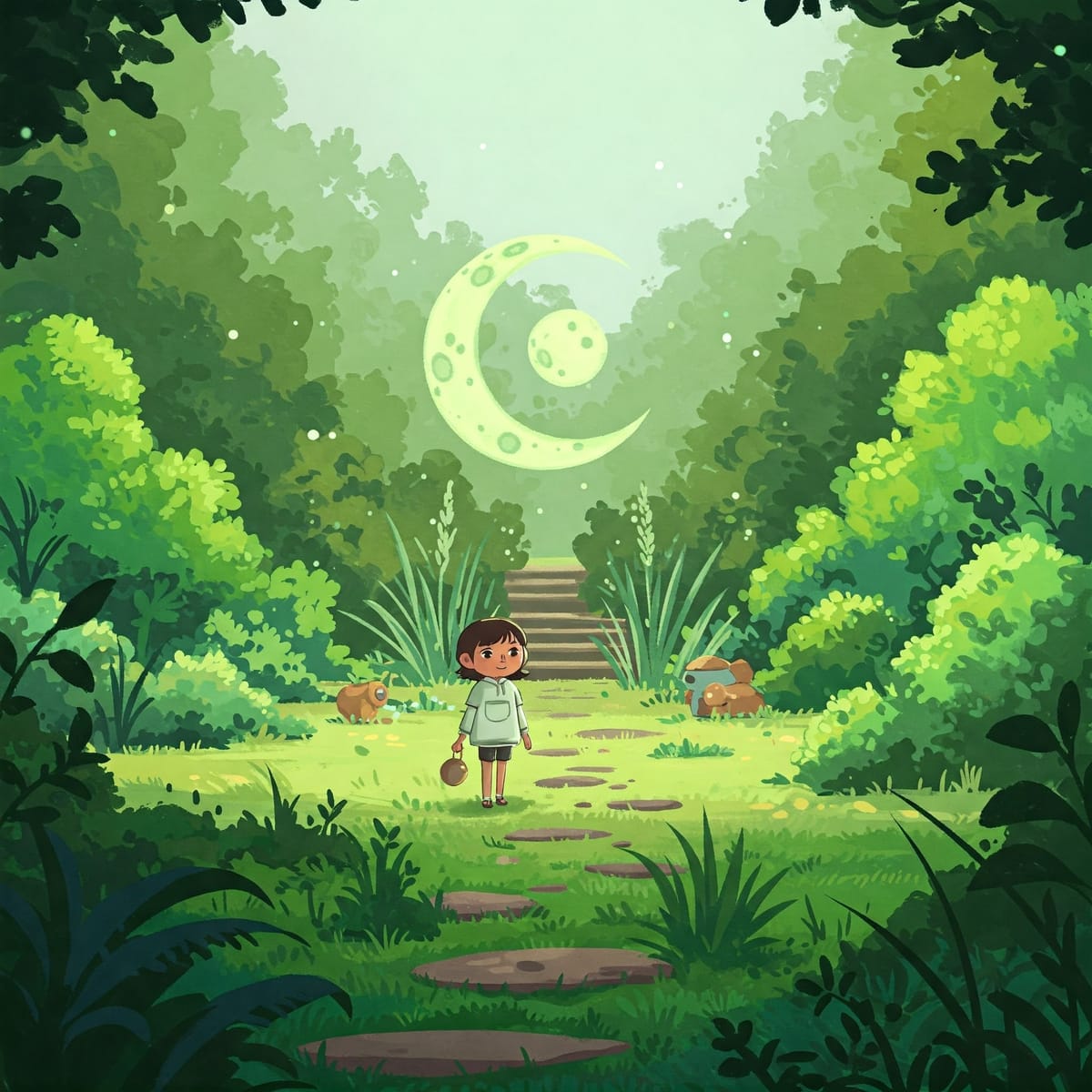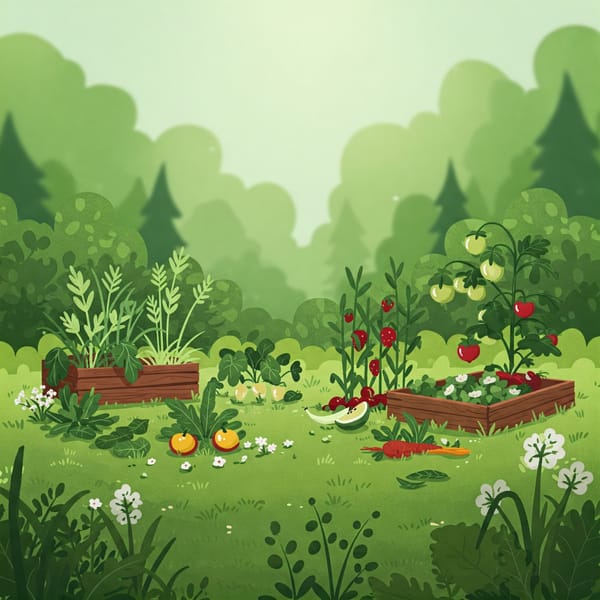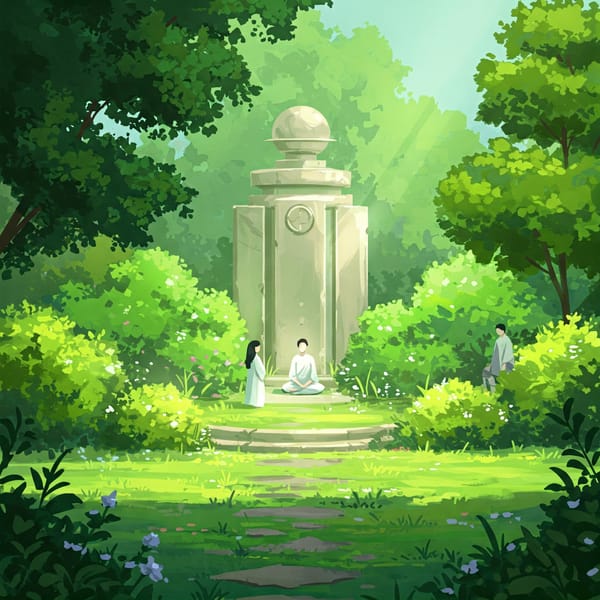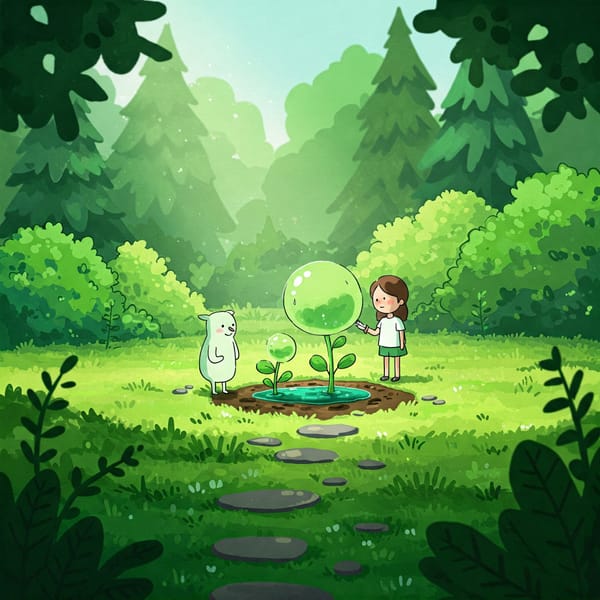The Enchanting Allure of Moon Gardens: A Comprehensive Guide

TLDR
Moon gardens are designed to be enjoyed at night, featuring plants with white or pale-colored flowers, silvery foliage, and strong fragrances. These gardens utilize plants with adaptations for night blooming, light sensitivity, and unique pollination strategies. This guide explores the botanical aspects, horticultural practices, ecological significance, and cultural relevance of moon gardens.
The Enchanting Allure of Moon Gardens: A Comprehensive Guide
Moon gardens, also known as twilight, evening, or night gardens, offer a unique horticultural experience designed to be enjoyed as day transitions into night. Unlike traditional gardens that focus on daytime vibrancy, moon gardens emphasize nocturnal beauty, fragrance, and sensory engagement. This comprehensive guide delves into the fascinating world of moon gardens, exploring the plants that thrive under the moonlight, the horticultural practices that support them, and the cultural and ecological significance they hold.
The Botanical Wonders of Moon Garden Plants
Moon gardens feature plants specifically chosen for their night-time appeal. These plants often possess unique characteristics that make them stand out in the dark:
- White or Pale-Colored Flowers: The most prominent feature of moon garden plants is their luminous white or pale-colored flowers. These light shades reflect moonlight, making the blooms appear to glow in the dark. Plants like the Brugmansia (Angel's Trumpet) with its large, pendant, trumpet-shaped white flowers, and Polianthes tuberosa (Tuberose) with its fragrant white blossoms, are classic examples. Other notable plants include Calonyction aculeatum (Moonflower) and varieties of Petunia.
- Silvery or Variegated Foliage: Plants with silvery or variegated foliage add another layer of visual interest to moon gardens. The light-colored foliage reflects moonlight, creating a shimmering effect. Examples include plants with silver leaves like Artemisia and those with variegated leaves that have white or light-colored patterns.
- Intense Fragrance: Fragrance plays a crucial role in moon gardens, as it becomes more noticeable in the still night air. Many night-blooming plants emit powerful perfumes to attract nocturnal pollinators. Tuberose is well-known for its intense, sweet fragrance, and other fragrant plants like night-blooming jasmine (Cestrum nocturnum) contribute to the garden's sensory experience.
Adaptations for Night Blooming
Plants in moon gardens have evolved specific adaptations to thrive in the nocturnal environment:
- Light Sensitivity and Flowering Patterns: Night-blooming plants have evolved unique mechanisms for light sensitivity. Their flowering patterns are often synchronized with the moon's cycles or triggered by the decrease in daylight. This ensures that their blooms are at their peak during the night when they can be appreciated and pollinated.
- Pollination Strategies: Since daytime pollinators like bees and butterflies are inactive at night, moon garden plants rely on nocturnal pollinators such as moths, bats, and other night-flying insects. To attract these pollinators, the plants have developed specific strategies, including:
- Strong fragrances: To lure pollinators from a distance.
- White or pale-colored flowers: To be visible in low light.
- Nectar production: To provide food for pollinators.
- Flower shape and structure: Adapted to suit specific pollinators.
Horticultural Practices for Moon Gardens
Creating and maintaining a moon garden involves specific horticultural considerations:
- Plant Selection and Placement: Careful plant selection is crucial for a successful moon garden. Choosing plants with the desired characteristics (white flowers, silvery foliage, fragrance) and considering their growth habits, soil requirements, and light preferences are essential. Plant placement should maximize the visual impact of the white flowers and silvery foliage under moonlight. Grouping similar plants together can enhance their effect.
- Soil Management and Maintenance: Like any garden, moon gardens require proper soil management and maintenance. This includes ensuring well-drained soil, providing adequate nutrients, and mulching to retain moisture and suppress weeds. Regular watering, pruning, and pest control are also necessary to keep the plants healthy and thriving.
- Lighting and Design Elements: While the plants are the stars of the show, incorporating lighting and other design elements can enhance the moon garden's ambiance. Soft, subtle lighting can highlight the plants' features and create a magical atmosphere. Consider using moon-shaped structures, reflective surfaces, and water features to complement the garden's theme.
Ecological Significance of Moon Gardens
Moon gardens play a vital role in the nocturnal ecosystem:
- Supporting Nocturnal Pollinators: Moon gardens provide essential resources for nocturnal pollinators. The fragrant flowers and nectar-rich blooms attract moths, bats, and other night-flying insects, which are crucial for plant reproduction. Supporting these pollinators helps maintain biodiversity and ecological balance.
- Enhancing Biodiversity: By creating a habitat for nocturnal creatures, moon gardens contribute to overall biodiversity. These gardens support a variety of organisms, from insects and arachnids to small mammals and birds that feed on them. The diverse plant life also promotes a healthy ecosystem.
- Ecological Balance: Moon gardens help maintain ecological balance by providing food and shelter for various organisms. The plants contribute to soil health, water conservation, and carbon sequestration. The garden's design can also incorporate sustainable practices like composting and rainwater harvesting.
Cultural and Therapeutic Aspects of Moon Gardens
Moon gardens have cultural and therapeutic significance in many societies:
- Cultural Significance: Moon gardens have been featured in various cultures throughout history. In some traditions, they are associated with romance, mystery, and spirituality. The moon's symbolism and the garden's nocturnal beauty have inspired art, literature, and folklore.
- Therapeutic Benefits: The tranquil and sensory-rich environment of moon gardens offers therapeutic benefits. The soft light, soothing fragrances, and calming atmosphere can reduce stress, promote relaxation, and improve mental well-being. Spending time in a moon garden can provide a peaceful escape from the stresses of daily life.
- Sensory Engagement and Relaxation: Moon gardens engage multiple senses, creating a holistic and immersive experience. The visual beauty of the white flowers and silvery foliage, combined with the intense fragrances and the gentle sounds of nature, promote relaxation and sensory awareness. This makes moon gardens ideal for meditation, contemplation, and stress relief.
Conclusion: Embracing the Night's Beauty
Moon gardens offer a unique and enchanting way to experience the beauty of the natural world. By carefully selecting plants with nocturnal appeal and incorporating thoughtful design elements, it's possible to create a tranquil and captivating space that comes alive at night. These gardens not only provide aesthetic pleasure but also play a crucial role in supporting nocturnal ecosystems and promoting human well-being. Embracing the magic of moon gardens allows us to appreciate the beauty and wonder of the night.




